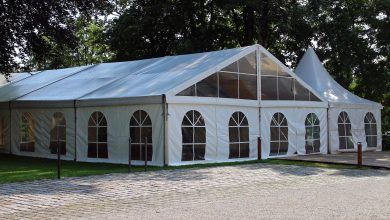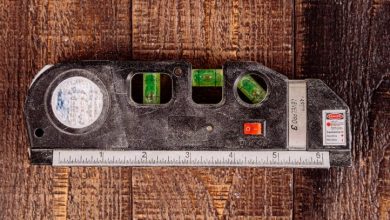Ins and Outs of Power Routers

Power routers are versatile tools that are commonly used in woodworking, carpentry, and other related trades. They are essential for creating decorative edges, cutting grooves, and shaping wood. In this article, we will delve into the ins and outs of power routers, exploring their functions, types, and key features.
Understanding Power Routers
Power routers are handheld power tools that use rotating bits to shape and trim wood. They are designed to be versatile, allowing users to create various cuts, shapes, and designs. With the right bit and technique, power routers can be used to make decorative edges, create joints, hollow out areas, and even engrave intricate patterns.
Types of Power Routers
There are two main types of power routers: fixed base routers and plunge routers.
Fixed base routers have a stationary base that is locked in place. The bit is exposed at a fixed depth, making it ideal for tasks that require consistent cuts, such as creating decorative edges. Fixed base routers are easy to control and provide stability, making them suitable for beginners.
On the other hand, plunge routers have a base that can be moved up and down. This allows the user to plunge the bit into the material at any point, making it suitable for tasks that require starting cuts in the middle of a piece of wood. Plunge routers are more versatile but require a bit more skill to use effectively.
Key Features to Consider
When choosing a power router, there are several key features to consider:
1. Power: The power of a router is measured in horsepower (HP). Higher horsepower routers are more suitable for heavy-duty tasks and can handle larger bits and tougher materials.
2. Speed Control: Look for a router with variable speed control. This allows you to adjust the speed of the bit to match the requirements of different tasks and materials.
3. Collet Size: The collet is the part of the router that holds the bit in place. Collets come in different sizes, so make sure the router you choose has a collet that can accommodate the bits you plan to use.
4. Dust Collection: Some routers come with built-in dust collection systems or attachments. This helps keep your work area clean and prevents dust from obstructing your view or affecting the performance of the router.
5. Soft Start: A soft start feature gradually increases the speed of the router, reducing the chances of the tool jerking or jumping when turned on.
Using a Power Router Safely
While power routers are versatile and useful tools, it is important to use them safely. Here are some key safety tips:
1. Wear Safety Gear: Always wear safety goggles, hearing protection, and a dust mask when using a power router. Additionally, consider wearing gloves to protect your hands.
2. Secure the Material: Make sure the material you are working on is securely clamped or held in place. This prevents it from moving or shifting during the routing process.
3. Start with Shallow Cuts: When using a power router for the first time or working with unfamiliar materials, start with shallow cuts and gradually increase the depth. This allows you to get a feel for the tool and prevents the material from splintering or chipping.
4. Follow the Grain: When routing, always go with the grain of the wood. Routing against the grain can cause tear-out and result in a rough finish.
In conclusion, power routers are versatile tools that are essential for woodworking and carpentry. By understanding the types, features, and safety precautions associated with power routers, you can make the most of these tools and achieve professional-quality results in your woodworking projects.




